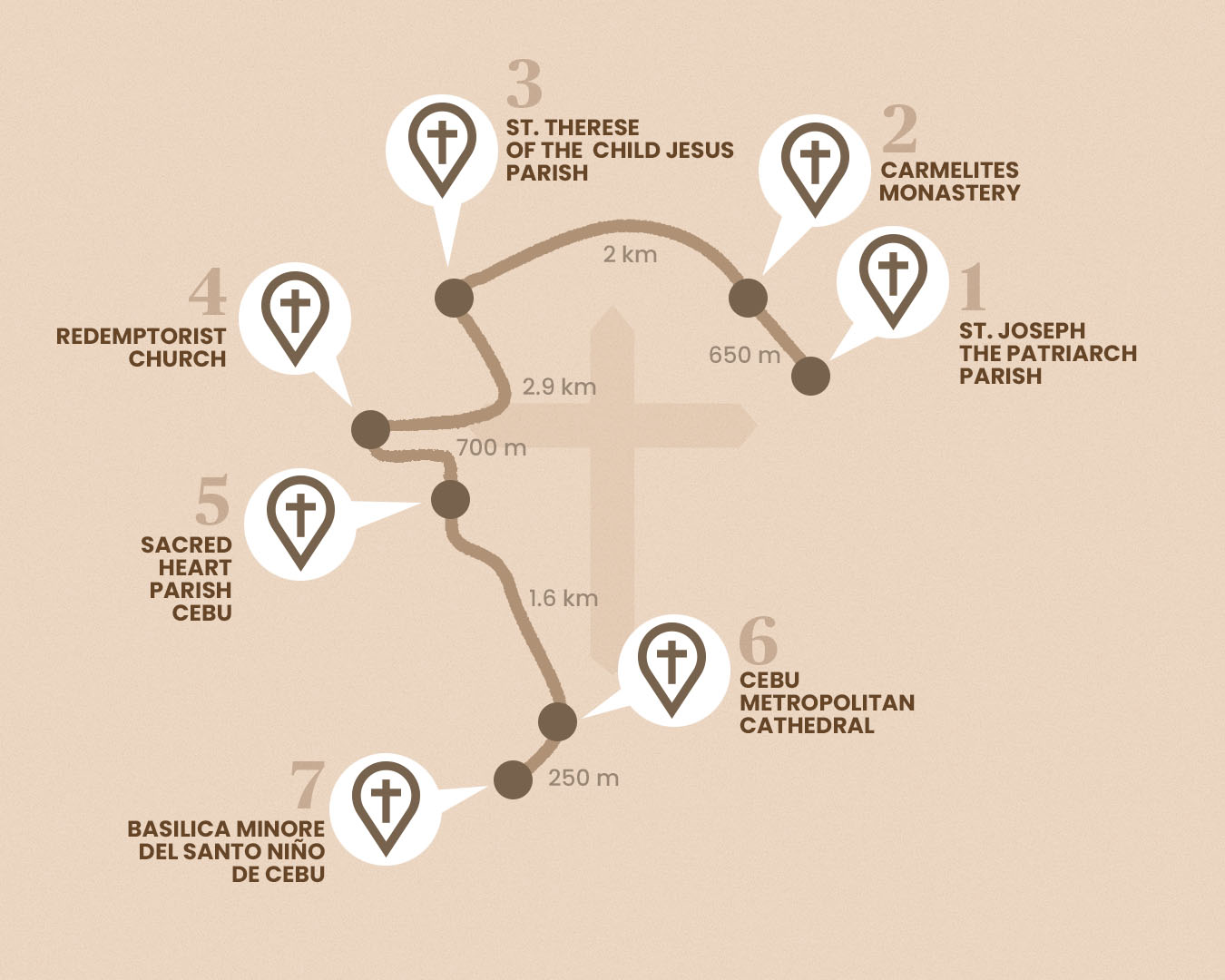Holy Week’s coming up soon, and you’re probably already thinking about spending your family vacations away from the city. But before you head out of town, it is tradition and a Catholic obligation to perform Visita Iglesia on Maundy Thursday or Good Friday. We’ll make it easy—from start to finish, here are seven churches you can visit in Metro Cebu.
1. St. Joseph the Patriarch Parish
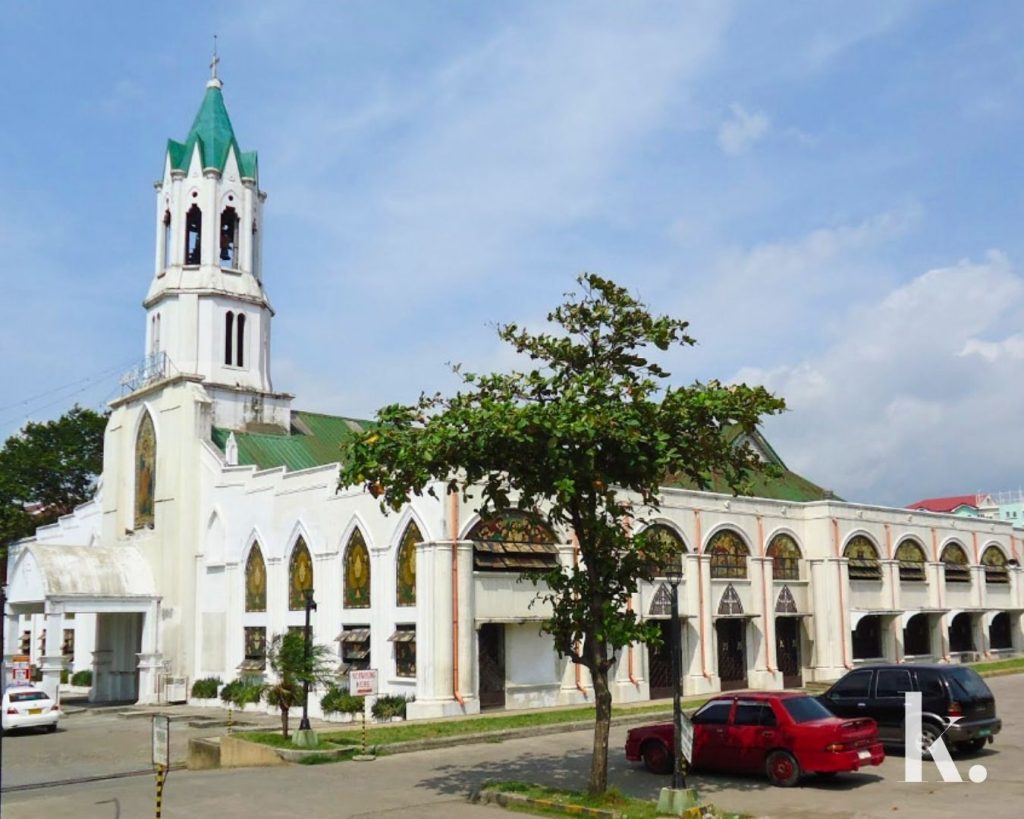
Photo courtesy brideworthy.com
First stop, the St. Joseph the Patriarch Parish, also known by locals as the Mabolo Church. Fun fact! This church’s location used to be called Talamban—very different from what we know Talamban to be now. It became a town in 1605 but was renamed Mabolo in the 1850s.
Location: Pope John Paul II Avenue, Mabolo, Cebu City
Parking: Available within the church’s premises
2. Carmelites Monastery
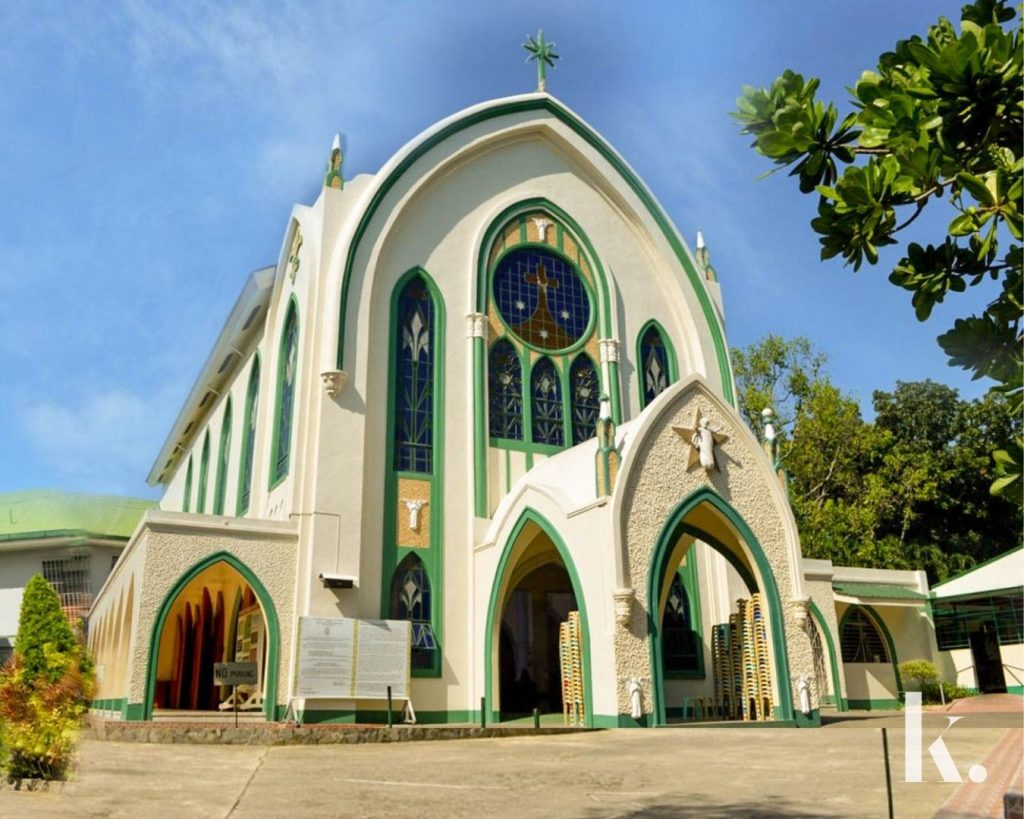
Photo courtesy Carmelite Monastery Cebu
Storytime: Five nuns and a novice arrive in 1949 and move into the partially-completed monastery a year later. Today, it stands as one of the most visited churches in Cebu. [Today, its community consists of more than twenty nuns.]
Location: Pope John Paul II Avenue, Mabolo, Cebu City
Parking: Available within the church’s premises
Distance from last church: 650m
3. St. Therese of The Child Jesus Parish

Photo courtesy
From 1938 to the 1960s, this parish has undergone several restorations. Once in ruins, the St. Therese of The Child Jesus Parish now serves as one of the locals’ favored churches.
Location: Edison Street, Lahug, Cebu City
Parking: Available within the church’s premises (including an elevated parking lot across the parish)
Distance from last church: 2km
4. Redemptorist Church
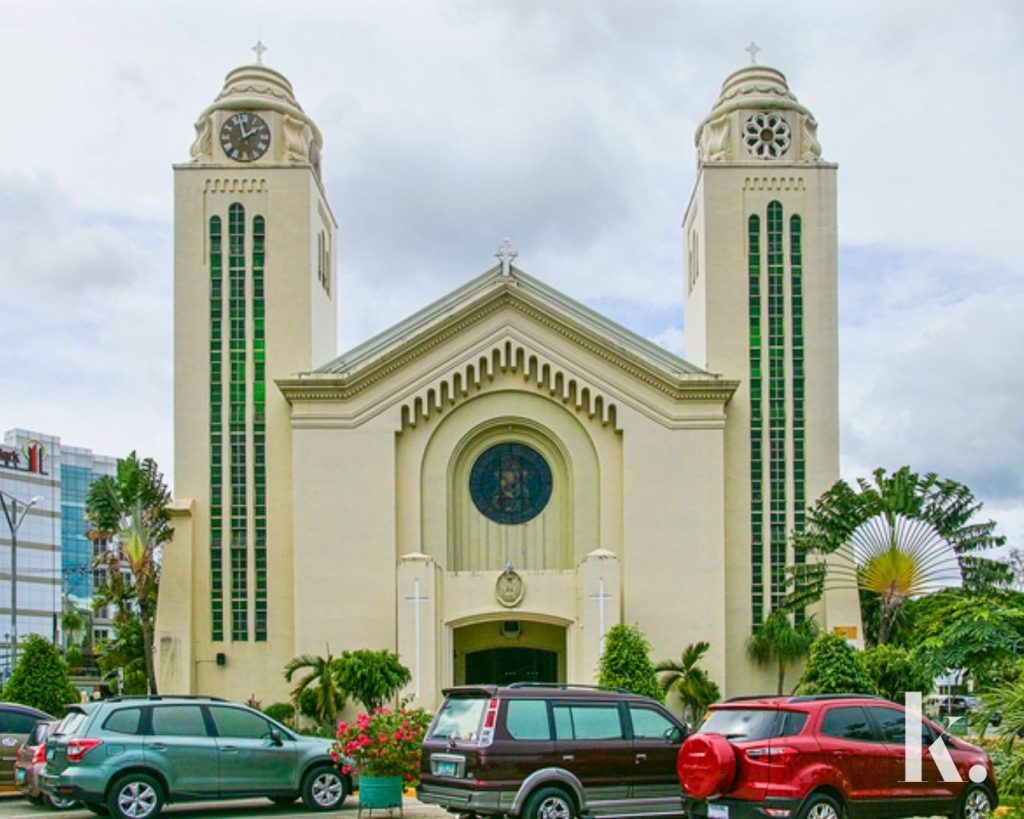
Photo courtesy schedules.ph
An old favorite, this monastery was blessed and occupied in 1929 but wasn’t open for mass until 1949. Many old churches now are encompassed by plants and vegetation, but the Redemptorist Church gives that feeling of a park. It is often visited as one of the Cebuanos’ treasured churches.
Location: Queen’s Road, Cebu City
Parking: Available within the church’s premises
Distance from last church: 2.9km
5. Archdiocesan Shrine of the Most Sacred Heart of Jesus
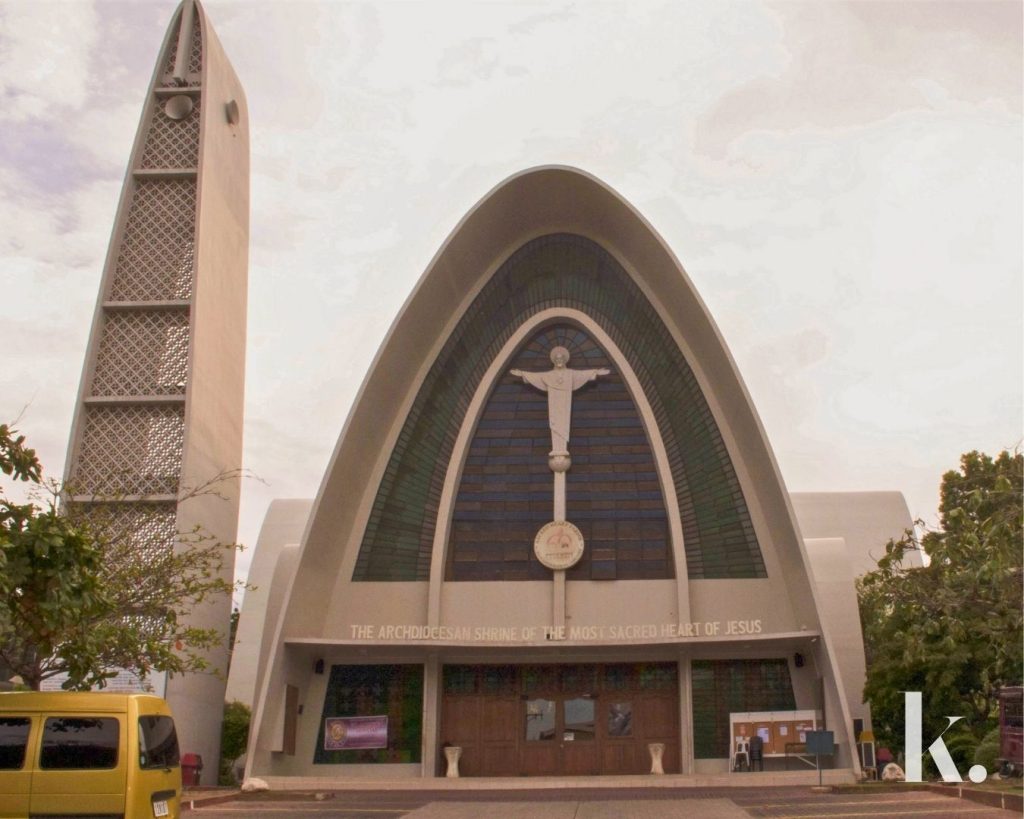
Photo courtesy Hannah Iway
Known to many simply as the Sacred Heart Parish, it was established by the Filipino-Chinese community in the 1950s. This church was established by the Filipino-Chinese community in the 1950s, but only in 2012 was it declared as an archdiocesan shrine. Known to many simply as the Sacred Heart Parish, many years later it is favored by the same community.
Location: 242 Dionisio Jakosalem Street, Cebu City
Parking: Available within the church’s premises (including an elevated parking lot)
Distance from last church: 700m
6. Cebu Metropolitan Cathedral
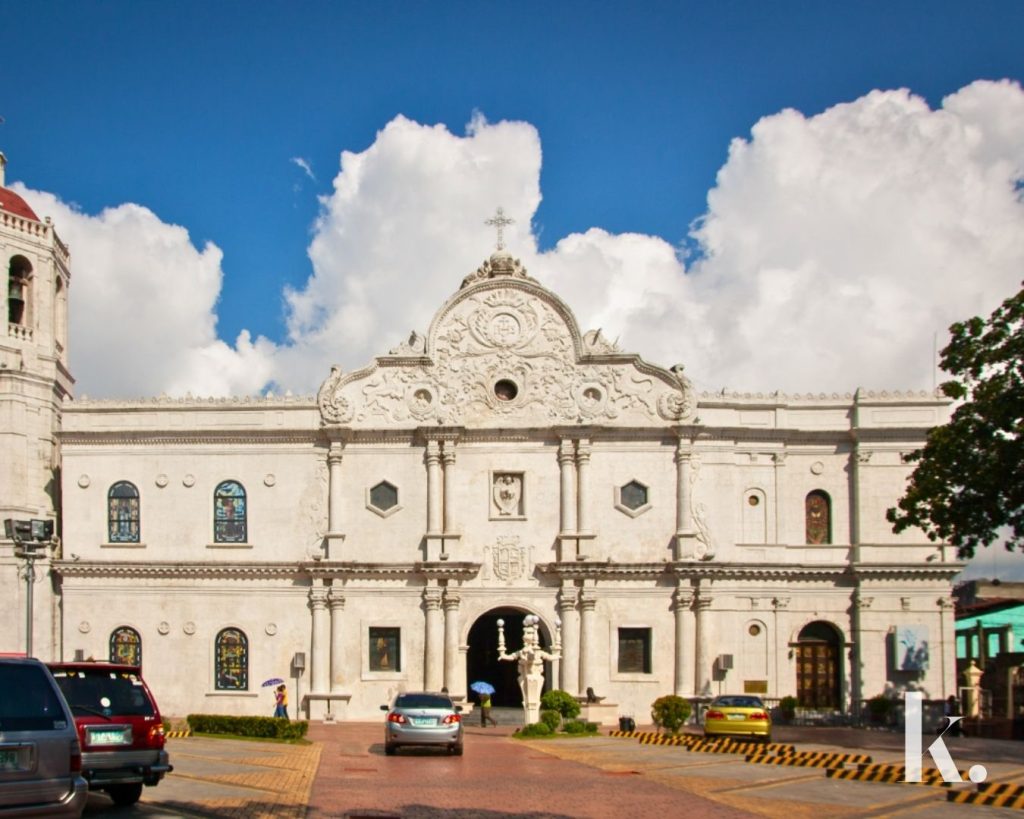
Photo courtesy Arnold Carl Fernan Sancover
This Catholic cathedral was completed in 1909, believe it or not. It features an ornate golden altar and a Spanish-colonial facade. Apart from the Basilica Minore del Santo Niño de Cebu, this is one of the first churches in the Philippines.
Location: Mabini Street, Cebu City
Parking: Available within the church’s premises. You can park here and simply walk to the Sto. Niño Church.
Distance from last church: 1.6km
7. Basilica Minore del Santo Niño de Cebu

Photo courtesy Allan Jay Quesada
Dating back to the 1500s, the Basilica Minore del Santo Niño de Cebu is one of the most well-known churches in Cebu. It is usually the last stop Cebuanos want to make during their Visita Iglesia trip. It’s widely known for its statue of Jesus as a child.
Location: Pilgrim’s Center, Osmeña Boulevard, Cebu City
Parking: Often available at the Cebu City Hall, then a 1-minute walk to Sto. Niño Church. *Due to smaller and older streets and several visitors, parking areas vary within the church’s vicinity.
Distance from last church: 250m
As Just Like That
After this fulfilling experience, you will have traveled a total of 8.1 kilometers. The visitation of seven churches is more than a tradition. A belief exists that a reward comes to those who complete all stations during Visita Iglesia. More than that, it helps people get in touch with their faith as they endure something similar to what Jesus did during his crucifixion.


